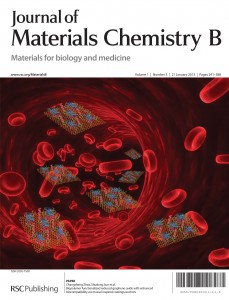
The corresponding author of the 2016 study that found high levels of the carcinogen formaldehyde leaking from a prominent British artist’s exhibition is now retracting it.
The study, about Damien Hirst’s 2012 exhibition at the Tate Gallery in London that presented dead animals embalmed in glass cases full of formaldehyde, suggested that higher than recommended limits of the carcinogen were being released from the exhibition. The study was widely covered by the media, which raised concerns over possible health hazards to visitors.
As we reported yesterday, the journal Analytical Methods had already issued an expression of concern (EOC), noting that the corresponding author of the paper, Pier Giorgio Righetti of the Polytechnic University of Milan in Italy, warned the paper may contain unreliable data.
Today, Righetti released a joint statement with Hirst’s company, Science Ltd, stating that he will be retracting the paper (reported earlier today by the New York Times). It reads: Continue reading Author to retract study warning of toxic leaks from Damien Hirst’s artwork




